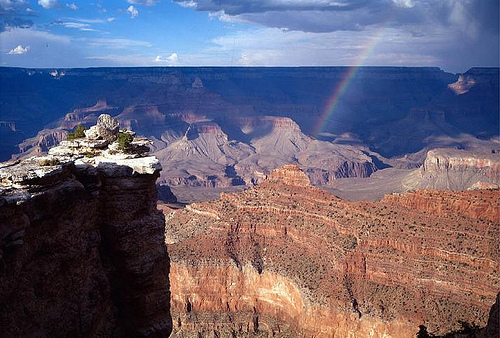A New Hispanic Behavioral Health Facility Serves Rural Arizona

Arizona State Director Alan Stephens and PHC Board Treasurer Mary Lou Rosales at the ribbon cutting.
“La esperanza nunca debe atrasarse.”
“Hope should never be deferred.”
For years the Pinal Hispanic Council (PHC) had to defer building a new behavioral health clinic in Eloy, Arizona. They couldn’t afford to fund it. Read more »


